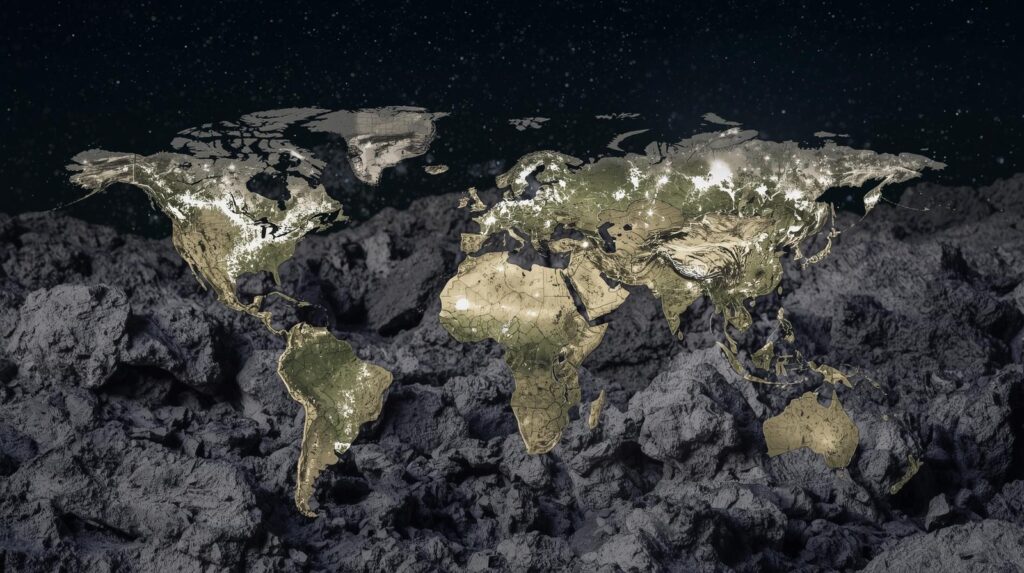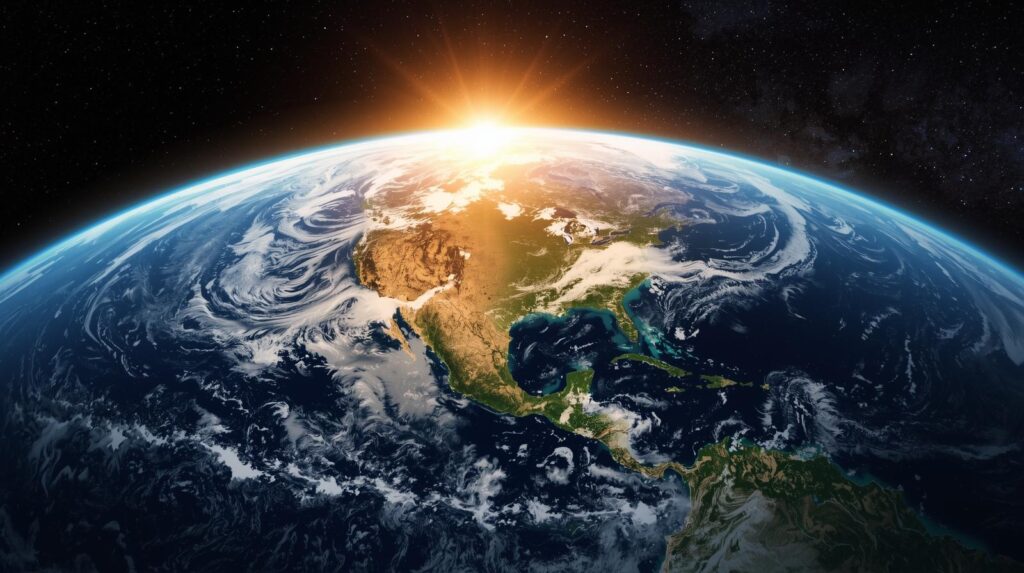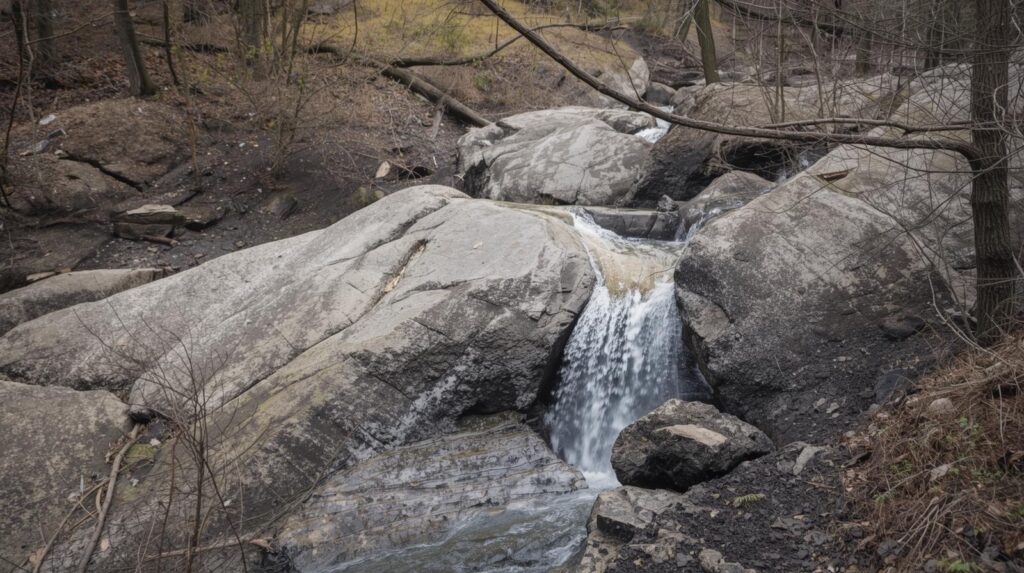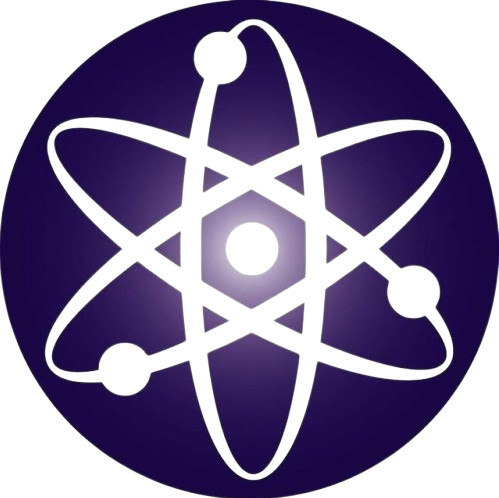The Carbon Cycle: Earth’s Unsung Hero Keeping Us All Alive (And Not Boiling)
Picture this: you’re sipping your morning coffee, scrolling through your phone, maybe munching on a bagel—every bit of that moment owes its existence to the silent, planet-wide hustle of the carbon cycle. This isn’t just science mumbo-jumbo; it’s the pulse of life, shuttling carbon, the Lego brick of existence, between air, oceans, soil, plants, and you. From the oxygen you inhale to the food on your plate, this cycle keeps Earth humming. But here’s the catch: our love for burning fossil fuels and chopping down forests is throwing this delicate dance out of whack, cranking up global warming and threatening the balance that makes life possible.
Problem is, we’re throwing this cycle into chaos with our gas-guzzling cars, coal plants, and tree-chopping habits, cranking up the heat with global warming. Don’t worry—I’m here to break it down in plain, human language. No nerd goggles needed. We’ll cover what the carbon cycle is, why it’s your VIP backstage pass to life, how it works, and how we’re messing it up with stuff like deforestation and fossil fuels. Plus, we’ll give props to the real MVPs: plants, oceans, and those creepy-crawly decomposers. Ready? Let’s dive in.
What’s the Carbon Cycle, Anyway?
Imagine Earth as a giant recycling center, and carbon’s the hot commodity. It’s in your body (about 18% of you is carbon), the CO2 you exhale, the trees outside, the fish in the sea, even the rocks under your feet. The carbon cycle is how this stuff moves—think of it as carbon’s road trip through the atmosphere, oceans, soil, plants, animals, and those ancient stashes of fossil fuels like oil and coal. It’s a loop that’s been running for billions of years, making sure there’s enough carbon to keep plants growing, animals eating, and the planet from turning into a popsicle or a pressure cooker.
In short, it’s nature’s way of keeping life’s ingredients in circulation. Without it, we’d be out of food, oxygen, and a livable climate. But lately, we humans have been acting like we’re trying to sabotage the whole operation.
Why Should You Give a Hoot?
Okay, so why care about some invisible cycle? Because it’s literally holding the world together. Here’s the lowdown on why the carbon cycle is your BFF:
- Keeps the Planet Cozy (Not Scorching): It balances CO2 in the air, which traps heat like a blanket. Just right? Perfect winters. Too much? Say hello to sweating through July in a parka.
- Powers Life Itself: Plants use carbon to grow. You eat plants (or animals that ate plants). Carbon’s the fuel in your burger, your smoothie, your everything.
- Holds Ecosystems Together: From ants to elephants, every critter needs carbon. The cycle makes sure everyone gets their share, keeping forests, prairies, and coral reefs humming.
- Fights Climate Change: Forests, soils, and oceans suck up extra CO2, acting like Earth’s cleanup crew. When it’s working, it slows down the climate change train wreck.
But when we overload it with extra carbon—like we’re doing big time—things get messy. Think wildfires, hurricanes, melting ice caps, and ecosystems throwing up the white flag. It’s not just science; it’s survival.
How It Works: The Seven-Step Dance
The carbon cycle’s like a cosmic choreography, with carbon twirling through different stops. Let’s break it into seven moves that keep this show running:
- Photosynthesis: Plants are the rockstars here. They grab CO2 from the air, mix it with sunlight and water, and whip up sugars to grow. Carbon gets stored in their leaves, stems, and roots, and they toss out oxygen as a bonus. (Fun fact: a single mature tree can suck up 48 pounds of CO2 a year—equivalent to a cross-country flight.)
- Respiration: The flip side. You, me, your dog, even plants at night—we all burn food for energy, breathing in oxygen and puffing out CO2. It’s carbon’s quick trip back to the sky.
- Decomposition: When stuff dies (leaves, critters, that apple core you tossed), decomposers like fungi, bacteria, and worms get to work. They break it down, sending some carbon back as CO2 and stashing the rest in soil like a savings account.
- Combustion: Fire’s dramatic moment. Whether it’s a natural forest blaze or your car burning gas, combustion torches carbon-heavy stuff (wood, oil, coal) and blasts CO2 into the air. It’s fast and furious.
- Ocean Exchange: Oceans are carbon sponges, soaking up about a quarter of the CO2 we pump out. Some feeds tiny sea plants (phytoplankton), some dissolves, and some sinks to the deep sea floor for centuries.
- Soil Storage: Dead plants and critters add carbon to dirt through decay. Rich soil can lock it away for decades, even millennia—think of it as Earth’s carbon vault.
- Long-Term Lockup: Over millions of years, carbon gets trapped in rocks (like limestone) or fossil fuels. It’s out of the game until we dig it up and burn it.
This dance keeps carbon flowing, but we’re stepping on nature’s toes, speeding up some moves and tripping others.
Combustion: The Fire We Can’t Put Out
Combustion is just a fancy word for burning. Picture a wildfire tearing through a forest—trees that stored carbon for decades go up in smoke, releasing CO2 like a volcanic burp. Nature can handle occasional fires. But humans? We’re combustion machines. Every time you start your car or a power plant fires up, we’re burning fossil fuels—coal, oil, gas—that release carbon trapped for millions of years. In 2023, we dumped 37 billion tons of CO2 into the air this way. It’s like pouring sugar syrup into an already full soda can—nature can’t soak it up fast enough, and the excess heats the planet.

Respiration: Your Carbon Footprint with Every Breath
Every time you exhale, you’re part of the cycle. Respiration is how living things—humans, animals, even plants—turn food into energy, spitting out CO2. Munch a carrot, breathe out carbon. It’s natural and balanced… until we add 8 billion people and billions of livestock (cows are CO2 and methane factories). It’s not your breath alone—it’s the scale. Your morning jog? Cycle-approved. Industrial farming? Not so much.
Decomposition: Nature’s Cleanup Crew
Decomposition is gross but awesome. When a tree falls or a critter kicks the bucket, decomposers—think fungi, bacteria, and wiggly worms—dig in. They break down dead stuff, releasing CO2 or banking carbon in soil. A rotting log might send half its carbon skyward and half into the dirt, feeding new plants. Without these guys, we’d be buried in dead leaves, and carbon would stall. Composting at home? You’re basically a decomposer’s hype man.
Plants: The Green Superheroes
Plants are the cycle’s VIPs. Through photosynthesis, they:
- Suck up CO2 like vacuums, storing it in their bodies.
- Pump out oxygen (thank them for every breath).
- Feed the world—herbivores eat plants, we eat both.
- Stash carbon in roots and soil when they die.
Rainforests like the Amazon are carbon Fort Knoxes, holding 150-200 billion tons. Chop them down, and you’re not just killing trees—you’re killing the cycle’s biggest ally.
Decomposers and Detritus Feeders: The Unsung Heroes
Fungi, bacteria, and detritus feeders (like worms) are the janitors nobody throws a parade for. They chew through dead stuff, recycling carbon into CO2 or rich soil. A worm munching leaves might lock carbon underground; bacteria on a dead squirrel might release it as gas. No decomposers, no nutrient flow—plants starve, ecosystems crash. Next time you see a mushroom, give it a nod.

Oceans: The Blue Carbon Bank
Oceans are heavy hitters, absorbing 25% of our CO2 emissions. Phytoplankton act like sea-plants, photosynthesizing CO2 into biomass. Dead sea creatures sink, locking carbon in the deep for centuries. But there’s a catch: too much CO2 makes oceans acidic, wrecking coral reefs and shellfish. In 2023, ocean acidification was already stressing 30% of marine ecosystems. Keep overloading, and this carbon sink starts to choke.
Humans: The Party Crashers
We’re the chaos agents in this story. Since the 1800s, we’ve spiked atmospheric CO2 by 40% through:
- Fossil Fuels: Cars, planes, factories—37 billion tons of CO2 in 2023 alone. It’s like unearthing ancient carbon and setting it loose.
- Deforestation: Clearing forests for farms or cities kills CO2 absorbers and releases stored carbon. The Amazon lost 11% of its area from 1985-2022, coughing up billions of tons of CO2.
- Agriculture: Plowing releases soil carbon; livestock like cows burp methane, a gas 25x worse than CO2.
- Industry & Waste: Cement production and landfills spew CO2 and methane. Less recycling = more burning trash.
We’re tilting the cycle, driving a 1.1°C temp rise, crazier storms, and species on the brink.
Deforestation: When We Trash the Carbon Vault
Trees are carbon warehouses. Cut them down, and you’re not just losing CO2 vacuums—you’re releasing stored carbon as logs burn or rot. Soil gets trashed, too, leaking more carbon. Indonesia’s deforestation for palm oil released 1.5 billion tons of CO2 in a single decade. It’s a double whammy: less absorption, more emissions.
Fossil Fuels: Digging Up Trouble
Burning fossil fuels is like cracking open Earth’s carbon piggy bank. Coal, oil, gas—formed over eons—get torched in years, overwhelming plants and oceans. It’s why renewables like solar (up 24% globally in 2023) are a game-changer. Less burning, more balance.
Why the Cycle’s the Boss
The carbon cycle keeps life possible. It balances CO2 for a livable climate, fuels plants and animals, and stashes extra carbon to avoid disaster. It’s Earth’s thermostat and pantry rolled into one.
Why It’s Make-or-Break Time
This cycle’s why we have food, air, and seasons. Screw it up, and we’re looking at crop failures, mass migrations, and ecosystems collapsing like a bad sitcom. But we’ve got tools: plant trees, switch to clean energy, eat less meat. Every bit counts.

Your Turn to Save the Day
The carbon cycle is Earth’s unsung hero, looping carbon through photosynthesis, respiration, decomposition, oceans, and soil to keep us alive. Plants, seas, and decomposers are pulling overtime, but our fossil fuel addiction and deforestation are throwing punches. We’ve got the power to fix it—ride a bike, support reforestation, back green policies. The cycle’s counting on us. What’s your next step? Hit me with it.
